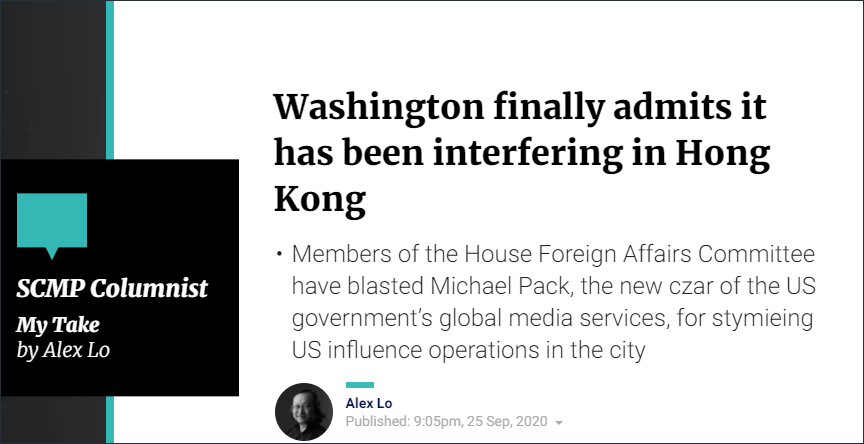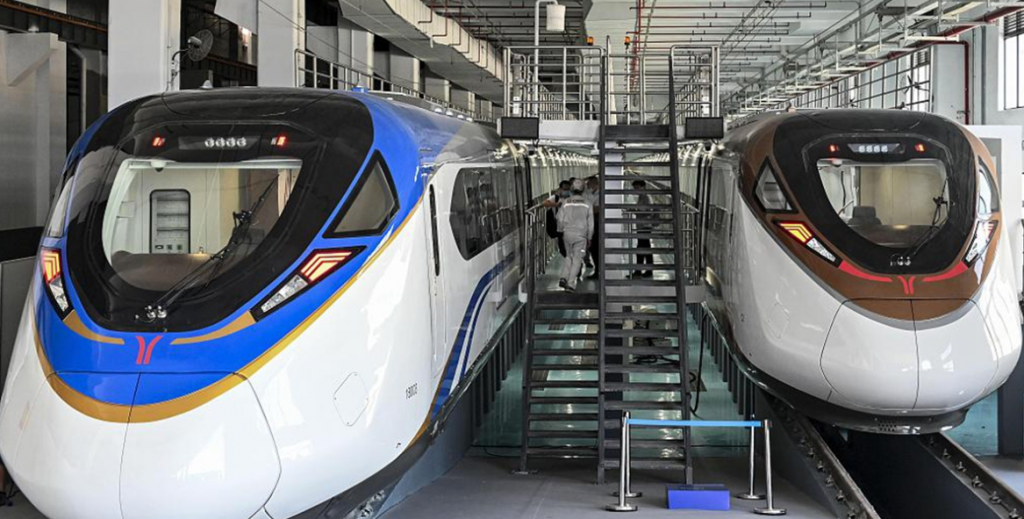
鬼拍後尾枕 , 不打自招









China’s fastest subway train — traveling at 160 kilometers an hour — debuted in Guangzhou, the capital of South China’s Guangdong Province, on Friday, according to media reports.

The subway train will be put into service at Guangzhou Metro’s No. 18 and No. 22 metro lines, which are currently still under construction. Once it is put into service, it will take only 25 minutes and 30 minutes from Nansha Free Trade Zone to the South Guangzhou train station and East Guangzhou train station, respectively.
The two lines will extend to Guangdong’s Zhuhai, Zhongshan and Dongguan cities in the future.
The train — manufactured by CRRC Zhuzhou Locomotive Co — is also the first subway to travel at 160 kilometers an hour in the Guangdong-Hong Kong-Macao Greater Bay Area.
The train uses the most advanced design techniques, technological protocols and innovation. It also introduces an intelligent operation and maintenance system based on big data and cloud computing, according to a report by news website qq.com.
The Guangzhou railway authority has ordered 40 such trains to run on its No. 18 and No. 22 lines from CRRC. The next delivery after the first train will begin in October.















On Sept. 15, new restrictions barring sales of U.S. components to Chinese tech giant Huawei went into effect. Those rules would have prevented Intel , AMD , and other American chipmakers from selling any new chips to Huawei.
But shortly after that deadline passed, Intel and AMD announced they had obtained special government licenses that will enable them to continue selling chips to Huawei. Huawei installs Intel and AMD’s x86 CPUs in its PCs and servers, as well as Intel’s Altera FPGA (field programmable gate array) chips in its 5G base stations.
German chipmaker and semiconductor manufacturer Infineon will continue to ship “the great majority of products” to Chinese tech giant Huawei.
TSMC can’t sell to Huawai, this looks like an attack on this industry leader.
Qualcomm put in a big order from Samsung, another blow to TSMC.
